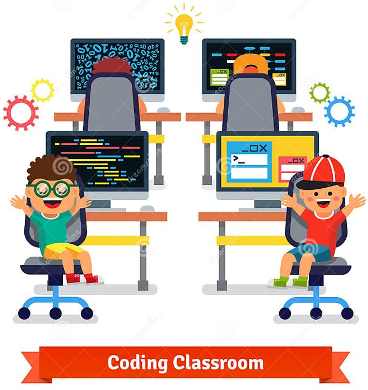Software Learning for Class 5 Kids
By Discover Tripura Correspondent
 Software learning has become an integral part of modern education, offering countless opportunities for students to engage with technology and enhance their learning experiences. In the context of primary education, software learning holds immense potential to provide class 5 kids with a solid foundation in digital literacy, critical thinking, and problem-solving skills. By utilizing age-appropriate software learning programs, educators can create dynamic and interactive learning environments that captivate students' attention and foster their creativity. This article delves into the world of software learning for class 5 kids, exploring its benefits, suitable programs, integration into the curriculum, and the potential challenges and solutions. Additionally, we will examine the implications of software learning on digital literacy, evaluate its effectiveness, and look ahead at future trends and innovations in this rapidly evolving field.
Software learning has become an integral part of modern education, offering countless opportunities for students to engage with technology and enhance their learning experiences. In the context of primary education, software learning holds immense potential to provide class 5 kids with a solid foundation in digital literacy, critical thinking, and problem-solving skills. By utilizing age-appropriate software learning programs, educators can create dynamic and interactive learning environments that captivate students' attention and foster their creativity. This article delves into the world of software learning for class 5 kids, exploring its benefits, suitable programs, integration into the curriculum, and the potential challenges and solutions. Additionally, we will examine the implications of software learning on digital literacy, evaluate its effectiveness, and look ahead at future trends and innovations in this rapidly evolving field.